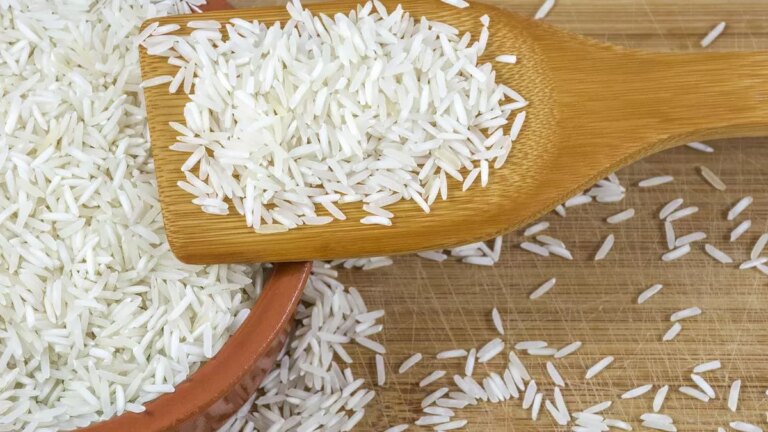Rice has been an integral part of Indian culture and tradition since ancient times, symbolizing prosperity, ritual and celebration. From being a part of auspicious rituals to a daily meal, rice holds an emotional and spiritual bond with millions of Indian households. Diversifying export markets Indian rice brands are growing, with a major focus on emerging markets in Africa, Southeast Asia and Latin America. However, demand for Indian rice is increasing in its traditional markets, the Middle East, the United States, and Europe. Additionally, the Iran-Israel conflict and other geopolitical issues are driving migration and increasing demand for staple foods such as rice. Indian exporters have successfully navigated global complexities to leverage these opportunities and establish themselves as reliable suppliers of premium rice in various global markets.
Understand India’s advantages in rice production and exports
India has emerged as the world’s largest rice exporter, accounting for nearly 40 per cent of the world’s total rice exports from 2021 to 2023. On the other hand, India experienced tremendous growth and had an advantage over its competitors Pakistan and Thailand. In rice production. The country’s production changed from 129.4 million tonnes in 2021-22 to 137 million tonnes in 2023-24. This upward trajectory is one of the pillars of India’s growing export ambitions.
Basmati rice is a major driver of industry growth. Known for its unique flavor with long grains and appealing aroma, it has remained one of the popular choices around the world for many years. Basmati rice exports from India exceeded 5.24 million tonnes in 2023-24, compared to 3.94 million tonnes in 2021-22. This expansion resulted in a 14.93% year-on-year increase in volume and a 22.05% increase in export value. The sector accounts for 1.34% of India’s total export basket, indicating its relevance within India’s portfolio.
Several factors contribute to this strategic expansion:
Quality Standards and Certifications: Indian rice brands comply with global quality standards and have certifications such as ISO 22000 and HACCP. These certifications increase reliability and ensure compliance with strict import regulations in new markets.
Customized Packaging and Branding: Exporters adopt region-specific packaging and marketing strategies to create a stronger appeal, tailored to local tastes and preferences.
Trade agreements and policy support: Favorable government policies, such as subsidies and trade agreements, have made it easier for exporters to access untapped markets.
Improved logistics and supply chain: Strengthened infrastructure and partnerships with global logistics providers streamline transportation, ensure timely delivery, and reduce costs.
Innovation and sustainability to drive growth
Indian rice brands are also focusing on innovation to build a bigger presence in the international market. It is gaining popularity among environmentally conscious consumers in the form of eco-friendly packaging, organic varieties, and pesticide-free rice. Investing in sustainable agricultural practices, such as conserving water and ensuring soil health, complements the global momentum towards sustainability.
Additionally, digital marketing and e-commerce have enabled exporters to directly reach consumers abroad without relying on traditional distribution channels. Online markets have therefore led to niche markets, allowing even small exporters to compete on a global scale.
Challenges and solutions
Despite its remarkable success, India’s rice export industry faces several challenges. Geopolitical tensions, global price fluctuations, and climate change are some of the potential risks. Additionally, some importing countries have stricter pesticide restrictions, requiring continued improvements in agricultural practices and testing standards.
To address these challenges, exporters are now focusing on technology development and research to achieve higher quality yields and sustainability. Discussions are also being held with international regulatory bodies and industry associations to overcome compliance barriers.
India’s rice export industry is a testament to the country’s agricultural strength and expertise in international trade. With a long tradition in rice cultivation and aggressive diversification, Indian rice brands are poised to tap into new emerging markets. Quality, sustainability and innovation drive growth and continue to strengthen India’s role as a world leader in rice exports. This will enable Indian rice brands to not only expand their business presence but also contribute to the world and create economic prosperity.
The author is co-CEO of DRRK Foods


